Witches: Ancient Origins and Folklore
The history of witches is a labyrinthine tapestry woven through the annals of human civilization, with roots sinking deep into the fertile soil of antiquity. In the ancient civilizations of Mesopotamia, priestesses held sway as arbiters of mystical knowledge, revered for their profound understanding of herbal medicine, divination, and their purported ability to commune with unseen forces. These priestesses, often regarded as intermediaries between mortals and the divine, cultivated a reputation for wielding powers beyond the ken of ordinary folk, their practices steeped in the rich soil of myth and folklore.
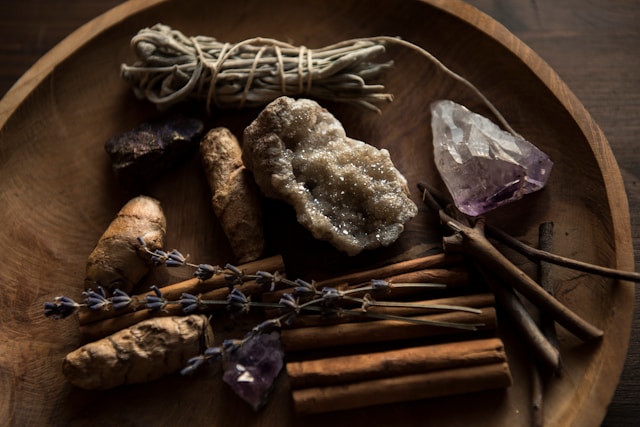
Across the ancient world, from the temples of Greece to the forums of Rome, tales of witchcraft abounded, suffusing the cultural consciousness with images of sorcery, shape-shifting, and arcane rites. In the pantheon of Greco-Roman mythology, figures such as Circe and Medea loomed large, their names synonymous with magic and enchantment. These ancient stories served not only as cautionary tales but also as sources of inspiration, offering glimpses into realms where the boundaries between the mundane and the supernatural blurred and where mortals dared to tread where gods feared to venture.
The Dark Ages: Witch Hunts
The medieval period in Europe marked a tumultuous epoch in the annals of witchcraft, a time when fear and superstition held sway over the hearts and minds of the populace. Fueled by religious fervor, social upheaval, and political machinations, the specter of witchcraft cast a long shadow over the collective psyche of Europe. The 15th and 16th centuries witnessed a feverish frenzy of witch hunts, as accusations of sorcery and maleficium spread like wildfire, igniting fear and suspicion in their wake.
From the witch trials of Salem to the bonfires of the Spanish Inquisition, thousands were accused, tried, and condemned for crimes they likely never committed. Predominantly women, these alleged witches were scapegoats for societal ills, their supposed crimes ranging from consorting with demons to casting malevolent spells upon their neighbors. The witch hunts, fueled by hysteria and fueled by ignorance, left a trail of devastation in their wake, staining the pages of history with the blood of the innocent and casting a pall of fear over the collective consciousness of generations to come.
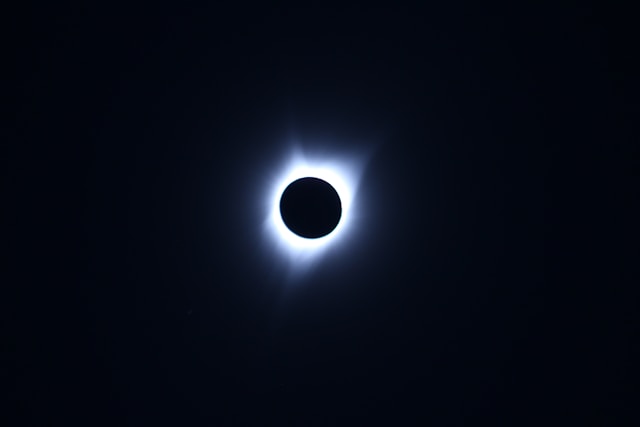
Witchcraft: Modern Times
Though the flames of the witch hunts have long since been extinguished, the embers of witchcraft continue to smolder in the modern world. In recent decades, there has been a resurgence of interest in occult practices, paganism, and the esoteric arts, fueled by a confluence of cultural, social, and spiritual factors. From the rise of neo-pagan movements to the proliferation of witchcraft-themed literature and media, the allure of witchcraft persists, casting its spell upon a new generation of seekers and practitioners.
Today, modern witches, often known as Wiccans, neo-pagans, or simply practitioners of the Craft, traverse a diverse landscape of beliefs and traditions, drawing inspiration from ancient wisdom while embracing contemporary spirituality. For many, witchcraft is not merely a belief system but a way of life—a path to self-discovery, empowerment, and communion with the natural world. Through rituals, spells, and ceremonies, modern witches seek to align themselves with the rhythms of the universe, harnessing the elemental forces of nature to effect change in their lives and the world around them.
The Craft: Evolution in 2024
In the modern world, the practice of witchcraft encompasses a myriad of traditions, techniques, and methodologies, each reflecting the unique cultural, spiritual, and personal perspectives of its practitioners. From the ceremonial magic of the Hermetic tradition to the earth-based spirituality of Wicca, contemporary witches draw upon a vast array of tools and practices in their quest for enlightenment and empowerment.

Herbalism, divination, spell craft, and ritual magic are but a few of the practices embraced by modern witches, each offering a means of accessing the hidden currents of power that flow through the cosmos. Through the careful cultivation of intention, visualization, and energy manipulation, witches seek to manifest their desires, heal their wounds, and transform their lives in accordance with their will.
Superstitions: Folk Beliefs
Despite the march of progress and the advance of science, superstitions surrounding witches continue to persist in the collective consciousness of humanity. From the fear of black cats crossing, one’s path to the belief in curses and hexes, these superstitions serve as vestiges of a bygone era, echoes of a time when the unseen forces of the universe held sway over the hearts and minds of mortals.
Black cats, once revered as sacred guardians in ancient cultures, have long been associated with witchcraft and malevolence, their sleek forms seen as harbingers of misfortune and doom. Similarly, the notion of being cursed by a witch remains a potent fear for many, a shadow that lurks in the recesses of the mind, ready to manifest at the slightest provocation.
Witches in Film: Casting Spells on the Silver Screen
Witches have long been a staple of cinematic and media portrayals, captivating audiences with their mysterious allure and supernatural abilities. From classic films like “The Wizard of Oz” and “Hocus Pocus” to contemporary hits such as “The Witch” and “The Chilling Adventures of Sabrina,” witches have been depicted in a myriad of ways, ranging from wicked enchantresses to benevolent practitioners of magic. These portrayals often draw upon centuries of folklore and mythology, weaving tales of spells, potions, and broomstick flights that capture the imagination and transport viewers to fantastical realms where anything is possible. In addition to films and television shows, witches also feature prominently in literature, music, and other forms of media, serving as enduring symbols of power, mystery, and the eternal struggle between light and darkness.
The Legacy: Witches and Practicing the Craft
In exploring the enigmatic world of witches, we encounter not merely a historical curiosity but a living tradition—a tapestry of belief, practice, and folklore that continues to shape the collective consciousness of humanity. From the priestesses of ancient Mesopotamia to the modern-day practitioners of the Craft, witches embody a timeless quest for knowledge, power, and spiritual enlightenment.
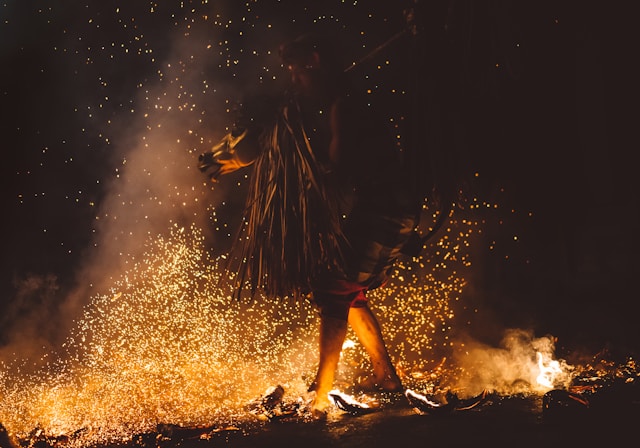
Whether revered as wise healers or feared as agents of darkness, witches serve as potent symbols of the human capacity for transformation, transcendence, and self-discovery. In their stories, we find reflections of our deepest fears and desires, our most profound hopes, and aspirations, as we navigate the labyrinthine corridors of existence in search of meaning, purpose, and connection in the vast cosmos that surrounds us.


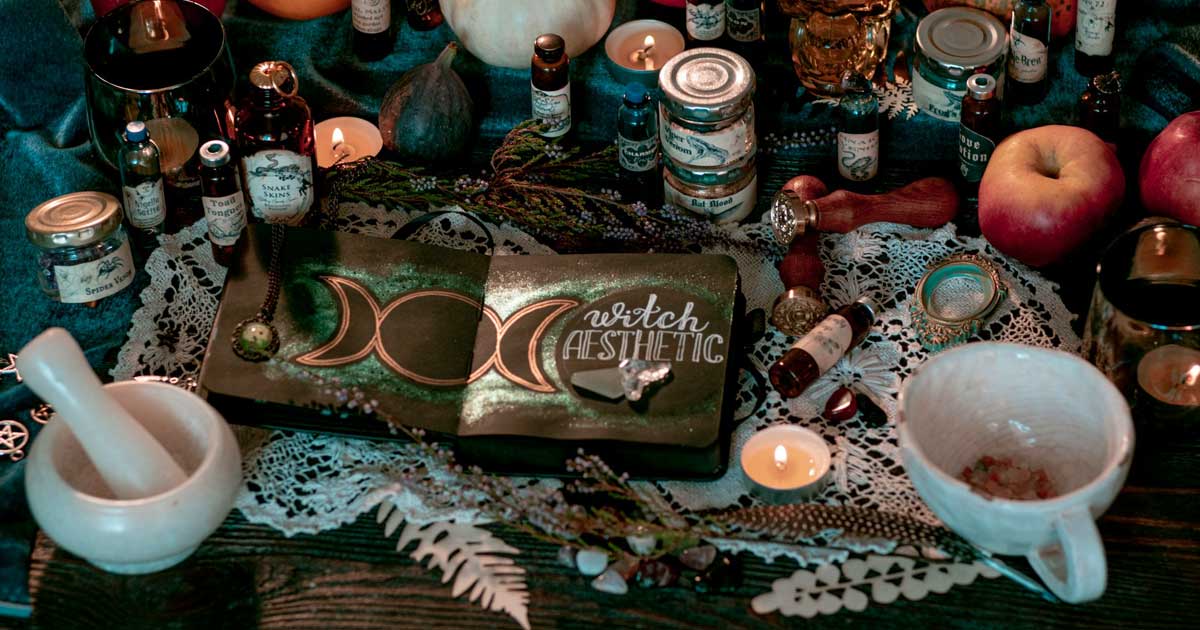


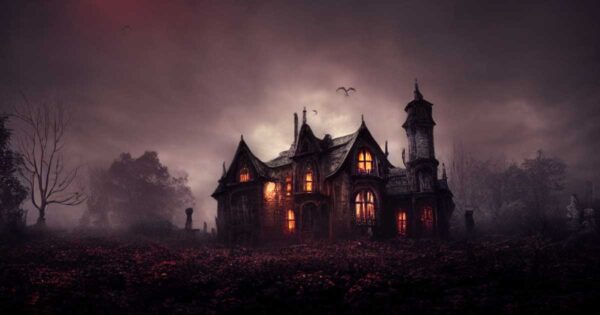








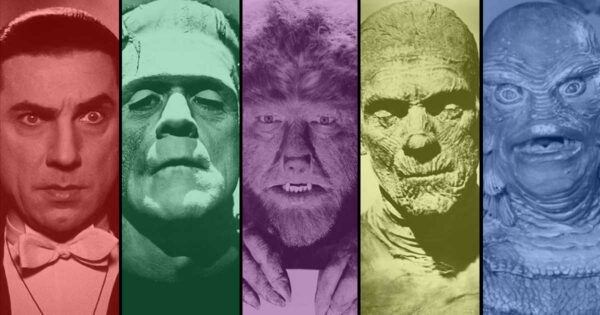
Add a comment